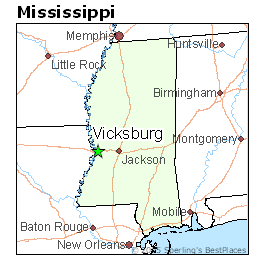History comes alive as you climb (but not wheelchair) 3,000 years into the past on a towering Indian mound
A system of grassy mounds tell the story of an ancient Indian city that thrived on the banks of the Mississippi a thousand years before the birth of Christ. Poverty Point Historic State Park is a UNESCO World Heritage Site (and US Historical Monument), one of 22 in the US recognized by the UN cultural body as the most impressive places in the world. The site is particularly interesting because it was a city of hunter-gatherers, when most every other ancient city was made possible by the introduction of farming. The Poverty Pointers were overachievers.
 |
| Site of an ancient building. |
 |
| Panning for relics: This scientist was so cool |
 |
| Atlatl |
 |
| Making arrow tips |
The museum, grounds and sidewalks are all level and easy to use. There is a tram tour Wednesdays – Sundays at 10 a.m., 11:30 a.m., 1 p.m., and 3 p.m., March through October, weather permitting, and it is wheelchair accessible. Though it was a challenge to shoehorn my Permobil F3 (45 inches length including feet) into the available space on the old tram, we made it work and it was well worth it.
The only thing that isn't accessible is the greatest feature in the park: the climb up the wooden steps to the top of the majestic Bird Mound, shaped like a gigantic bird and dominating all the other features in the area. I hear the Acropolis in Athens is now wheelchair accessible, but this is a Louisiana State Park (and a seemingly well-run one at that). But it was wonderful watching Mabster scale the stairs that climbed the length of the tail and spine all the way up to the head of the ceremonial bird, maybe three stories tall.
Like the national parks, UNESCO World Heritage Sites like Poverty Point are awesome destinations, especially if you like history and native cultures.


 On a high bluff overlooking the Mississippi 60 miles from
On a high bluff overlooking the Mississippi 60 miles from 















